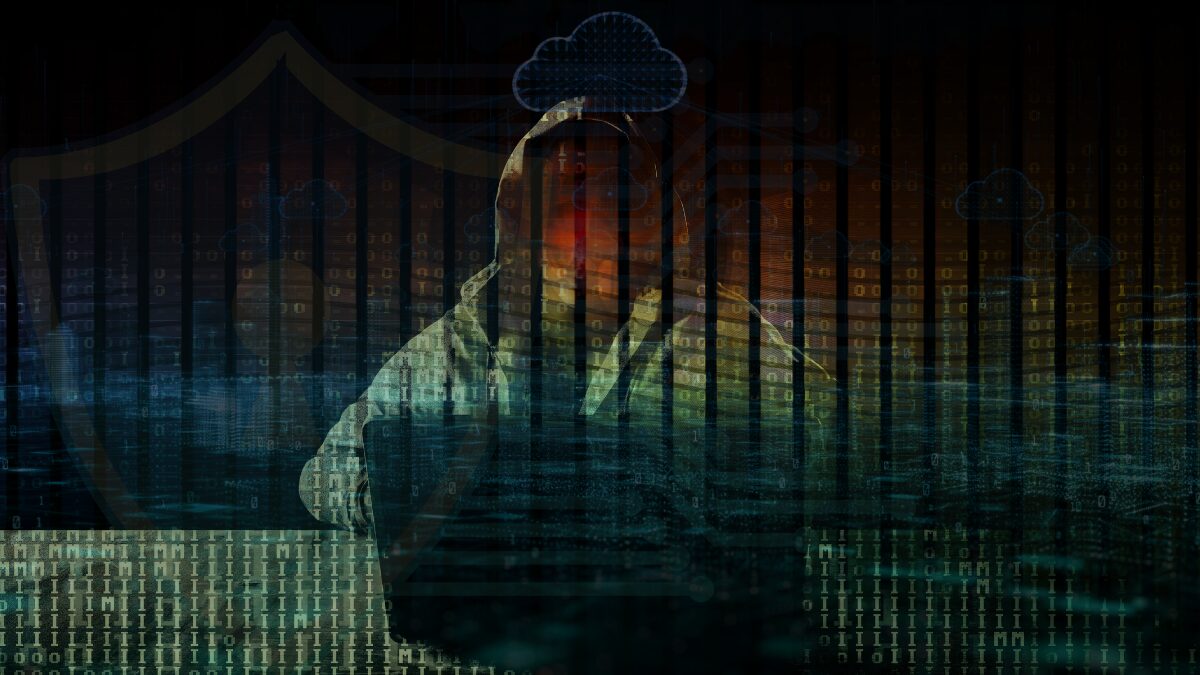In order for a society and economy to run, there are some systems and assets that are considered critical infrastructure. The energy, water, transportation, healthcare, banking, and communications industries are all part of this category. There might be disastrous effects on public safety, economic stability, and national security if these systems were to be disrupted or destroyed. Governments, businesses, and organizations throughout the globe have made safeguarding vital infrastructure from cyber threats a paramount concern in today’s rapidly digitizing world.
Key Takeaways:
- Cyber threats to critical infrastructure come in various forms, including malware, phishing, denial of service attacks, advanced persistent threats, and insider threats.
- Protecting critical infrastructure is essential for national security, economic stability, public safety, and operational continuity.
- Key strategies include risk assessment and management, robust security controls, incident response and recovery planning, collaboration and information sharing, and continuous monitoring and improvement.
- A proactive and multi-faceted approach is necessary to enhance the resilience and security of critical infrastructure, ensuring protection in an increasingly interconnected and digital world.
The Nature of Cyber Threats
Cyber threats to critical infrastructure come in various forms, including:
Malware Attacks: Malicious software designed to disrupt, damage, or gain unauthorized access to computer systems. This includes viruses, worms, ransomware, and spyware.
Phishing Attacks: Deceptive attempts to obtain sensitive information by masquerading as a trustworthy entity in electronic communications.
Denial of Service (DoS) Attacks: Attempts to make a machine or network resource unavailable to its intended users by overwhelming it with traffic.
Advanced Persistent Threats (APTs): Prolonged and targeted cyber attacks where an intruder gains access to a network and remains undetected for an extended period.
Insider Threats: Threats originating from individuals within the organization, such as employees or contractors, who have access to critical systems and data.
Importance of Protecting Critical Infrastructure
Protecting critical infrastructure is essential for several reasons:
National Security: Critical infrastructure systems are often targeted by state-sponsored actors aiming to disrupt a nation’s stability and security.
Economic Stability: Disruptions to critical infrastructure can lead to significant economic losses and impact the global supply chain.
Public Safety: Many critical infrastructure systems, such as healthcare and water supply, directly affect public health and safety.
Operational Continuity: Ensuring the resilience and reliability of critical infrastructure is vital for the continuous operation of essential services.
Strategies for Protecting Critical Infrastructure
To protect critical infrastructure from cyber threats, organizations must adopt a comprehensive and multi-layered approach. Here are some key strategies:
1. Risk Assessment and Management
Conducting regular risk assessments is crucial for identifying vulnerabilities and potential threats to critical infrastructure. This involves:
Identifying Critical Assets: Determining which systems and data are essential for operations.
Assessing Vulnerabilities: Evaluating the weaknesses in the current security posture.
Threat Modeling: Identifying potential threat actors and their methods of attack.
Risk Mitigation: Implementing measures to reduce the likelihood and impact of cyber threats.
2. Implementation of Robust Security Controls
Implementing strong security controls helps to protect critical infrastructure from cyber threats. Key controls include:
Network Segmentation: Dividing the network into segments to limit the spread of cyber attacks.
Access Control: Ensuring that only authorized personnel have access to critical systems and data.
Encryption: Protecting data in transit and at rest through encryption technologies.
Firewalls and Intrusion Detection Systems (IDS): Monitoring and controlling incoming and outgoing network traffic.
3. Incident Response and Recovery Planning
Developing and maintaining an incident response plan is essential for minimizing the impact of cyber attacks. This involves:
Preparation: Establishing an incident response team and defining roles and responsibilities.
Detection and Analysis: Implementing tools and procedures for detecting and analyzing security incidents.
Containment and Eradication: Taking steps to contain and eliminate the threat.
Recovery: Restoring affected systems and data to normal operations.
Post-Incident Review: Conducting a thorough review to identify lessons learned and improve future response efforts.
4. Collaboration and Information Sharing
Collaboration between public and private sectors is vital for protecting critical infrastructure. This includes:
Information Sharing: Participating in information-sharing initiatives to stay informed about emerging threats and vulnerabilities.
Public-Private Partnerships: Collaborating with government agencies, industry groups, and other organizations to enhance security efforts.
Joint Training and Exercises: Conducting joint training programs and simulated exercises to improve preparedness and response capabilities.
5. Continuous Monitoring and Improvement
Cyber threats are constantly evolving, making continuous monitoring and improvement a necessity. Organizations should:
Implement Continuous Monitoring: Use automated tools to continuously monitor networks, systems, and data for signs of cyber threats.
Regularly Update Security Measures: Keep security measures up to date with the latest threat intelligence and technological advancements.
Conduct Regular Audits: Perform regular security audits to identify and address any gaps in the security posture.
FAQs
1. What constitutes critical infrastructure?
Critical infrastructure includes essential systems and assets vital for society and the economy, such as energy, water, transportation, healthcare, finance, and communications.
2. What are the most common types of cyber threats to critical infrastructure?
Common cyber threats include malware attacks, phishing attacks, denial of service (DoS) attacks, advanced persistent threats (APTs), and insider threats.
3. Why is it important to protect critical infrastructure from cyber threats?
Protecting critical infrastructure is crucial for maintaining national security, economic stability, public safety, and the continuous operation of essential services.
4. What are some key strategies for protecting critical infrastructure?
Key strategies include conducting risk assessments, implementing robust security controls, developing incident response and recovery plans, fostering collaboration and information sharing, and continuously monitoring and improving security measures.
Final Words
Protecting critical infrastructure from cyber threats is a complex and ongoing challenge that requires a proactive and multi-faceted approach. By conducting thorough risk assessments, implementing robust security controls, developing effective incident response plans, fostering collaboration, and continuously monitoring and improving security measures, organizations can significantly enhance the resilience and security of their critical infrastructure. Ensuring the protection of these vital systems is essential for maintaining national security, economic stability, and public safety in our increasingly interconnected and digital world.
